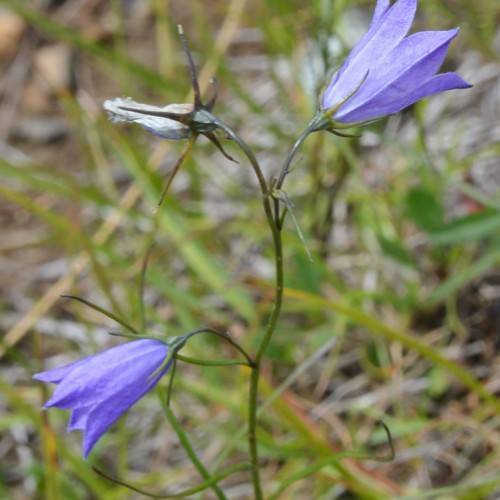
Intermediate Bellflower
Campanula intercedens
Watering:
Frequent
Hardiness Zone:
Sun:
full sun,part shade
Leaf:
Yes
Growth Rate:
Low
Care Level:
Medium
watering
During the summer months, a Giesecke's Bellflower should be watered about once a week. In the winter months, the frequency should be reduced to every other week or less depending on the conditions.
sunlight
For optimal growth, Giesecke's Bellflower should receive full sun for at least 6 hours each day, but should not be exposed to intense afternoon sunlight. When grown in the warmest parts of the country, some afternoon shade is recommended, if available. If planted in a location that receives very direct and harsh sunlight for most of the afternoon, it is important to provide some shade to prevetn wilting and dehydration. Additionally, it is important to provide consistent moisture to keep the soil moist, but not soggy.
pruning
Pruning of Giesecke's Bellflower (Campanula gieseckeana) should be done lightly and only when necessary. Pruning should be done in late winter or early spring before new growth appears. It is best to lightly trim away any dead, damaged, or diseased stems, shaping the plant as desired. Pruning should be done just above a leaf node for best results. Do not cut the entire stem off at the base of the plant, as this will kill the plant. Take care not to prune too much and remove too much of the foliage.
